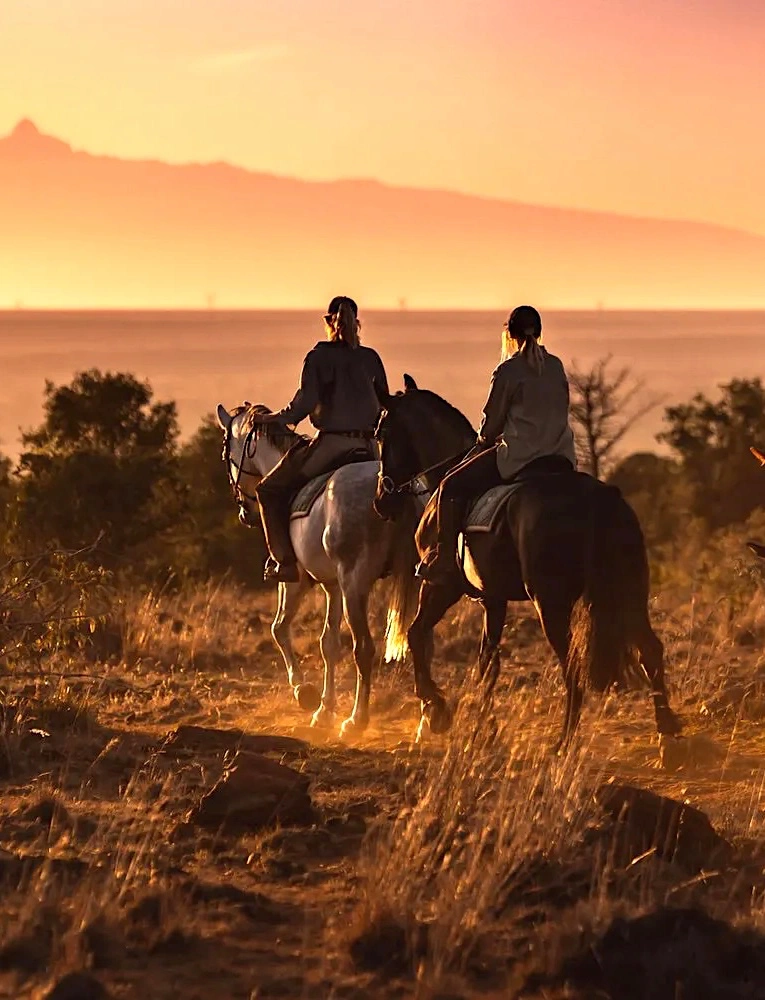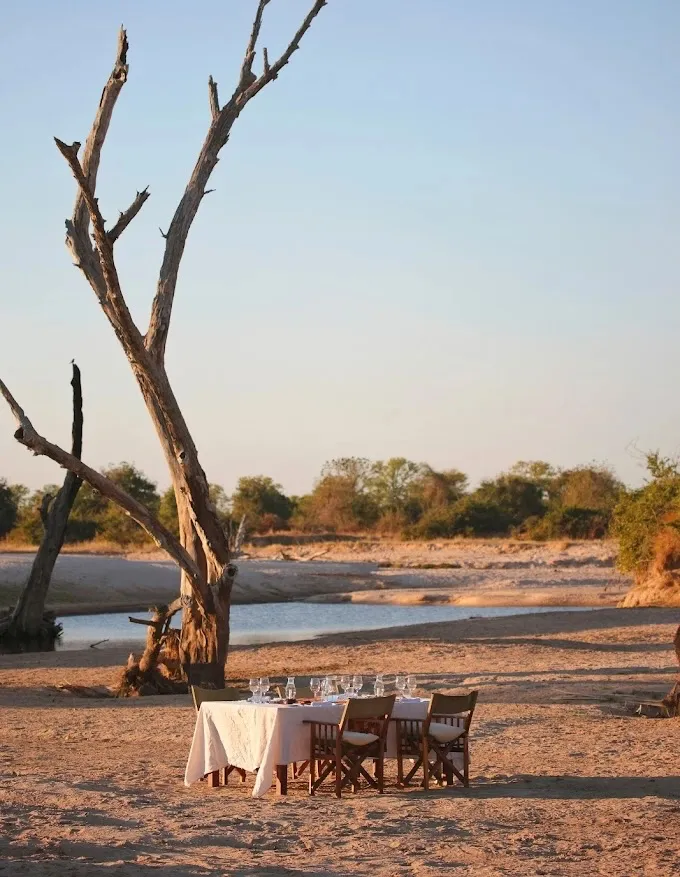
Meet the Himba

The fascinating indigenous people of Northern Namibia

The Himba are an indigenous tribe residing in the Northern Namibia, particularly in the Kunene Region. The Himba are a semi-nomadic, pastoralist group who have a rich cultural heritage that continues to thrive amidst the challenges of the modern world.


Their unique traditions, from the use of otjize paste to the bilateral descent system, contribute to their distinct identity as a remarkable indigenous group. You have to see it for yourself.
The Himba: The Fascinating Indigenous People of Northern Namibia
The Himba, also known as Ovahimba, are indigenous peoples residing in the northern regions of Namibia, particularly the Kunene Region (formerly Kaokoland), and across the Kunene River in Angola. With an estimated population of about 50,000, the Himba are a semi-nomadic, pastoralist group, culturally distinct from the Herero people, and their language, Otji-Himba, belongs to the Bantu family within Niger–Congo.
Otjize Paste: An Iconic Tradition
The Himba are widely recognized for their use of otjize paste, a cosmetic mixture of butterfat and ochre pigment. This paste serves both practical and cultural purposes, helping cleanse the skin during periods of water scarcity and protecting them from the intense heat and dry climate of the Kaokoland, as well as from mosquito bites. Otjize is highly valued for its aesthetic beauty, symbolizing the earth's rich red color and the essence of life, aligning with the Himba's ideals of beauty.
Historical Background and Identity
The Himba's history dates back to the early 16th century when they migrated across the Angolan border and settled in Kaokoland. Initially, they were not distinct from the Herero tribe, but a schism emerged when the Herero faced a severe bovine epidemic in the late 19th century. Despite facing genocide organized by German colonial authorities in 1904, the Himba managed to preserve their identity.

Gender Roles and Cultural Practices
In Himba society, women and girls take on labor-intensive tasks such as fetching water, crafting traditional plaster for homes, collecting firewood, and caring for children. Men mainly focus on livestock farming, herding, construction, and tribal leadership. Himbas are animists, and their religious practices involve communicating with their supreme being, Mukuru, through the holy fire and connecting with ancestors.
Unique Hygiene Practices and Traditions
One of the most notable Himba customs is that women do not use water for washing themselves or their clothes, which dates back to periods of water scarcity. Instead, they practice a daily smoke bath using smoldering charcoal and herbs to maintain personal hygiene. Himba women wear the Erembe, a leather crown, after reaching puberty, while the men use the renowned red ochre paste.
Marriage and Social Structure
The Himba practice polygamy, and arranged marriages occur when girls reach puberty, sometimes even as young as 10 years old, although this is illegal in Namibia. Boys undergo circumcision as a rite of passage before puberty, and upon marriage, they are considered men, while women are not considered fully-fledged until they bear a child. The Himba live under a tribal structure based on bilateral descent, where each member belongs to two clans – one through the father and another through the mother.

Start planning your tailor-made holiday
Speak to one of our travel specialists




%20copy.svg)


.svg)



.svg)

















































































































































%20copy%203.svg)